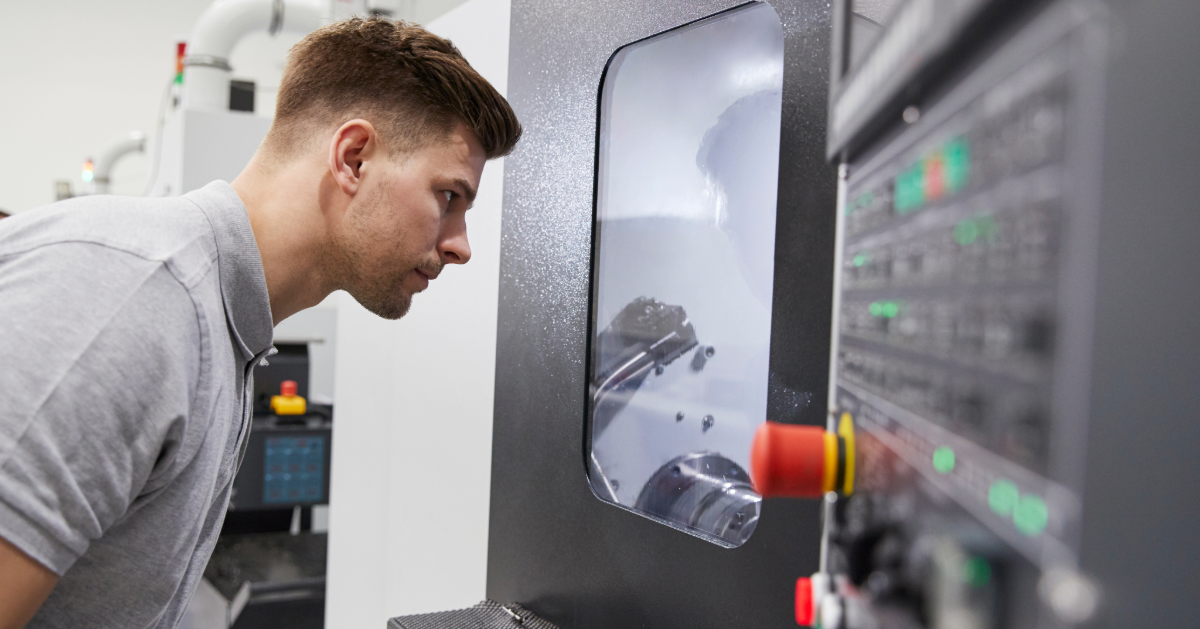
You may also like:
Timeless Tools: The Standard Modern Lathe
Racer Machinery International: Journey Through Generations
Ontario Made Expertise for the Next Generation
What is Retrofitting?
Imagine you have an old car. It still runs, but it’s a bit slow, inefficient, and doesn’t have all the bells and whistles of newer models. Retrofitting is like giving this car a major upgrade. You keep the basic structure, but you replace outdated parts with newer, better ones. In the world of machinery, retrofitting means taking an older machine and modernizing it. This involves replacing outdated components with newer, more efficient ones. It’s like giving an old machine a facelift and a performance boost.
Why Retrofit?
- Cost-effective: Retrofitting can be significantly more cost-effective than buying a brand new machine.
- Extended lifespan: It can significantly extend the life of an older machine.
- Improved performance: Retrofitted machines often perform better and are more reliable.
- Increased efficiency: Modern components can make machines more energy-efficient.
- Enhanced capabilities: Retrofitting can add new features or capabilities to an older machine.
The Retrofitting Process
- Assessment: A thorough evaluation of the machine is conducted to identify its strengths, weaknesses, and areas that need improvement.
- Planning: A detailed plan is created outlining the specific components to be replaced, the timeline for the project, and the estimated costs.
- Component selection: High-quality replacement components are sourced, ensuring compatibility and reliability.
- Installation: The old components are removed and replaced with the new ones. This often involves skilled technicians and specialized tools.
- Testing: The retrofitted machine is thoroughly tested to ensure it is functioning properly and meets the desired performance standards.
Advantages of Retrofitting
- Reduced downtime: Retrofitting can minimize downtime by extending the lifespan of existing equipment.
- Increased productivity: Improved performance and efficiency can lead to increased output.
- Reduced environmental impact: Modern components can often be more energy-efficient, reducing the machine’s environmental footprint.
- Preservation of valuable assets: Retrofitting can help preserve the value of older, but still useful, equipment.
Retrofitting is a valuable strategy for businesses looking to maximize the lifespan and performance of their machinery while minimizing costs. By carefully considering the benefits and the process, businesses can make informed decisions about whether retrofitting is the right choice for their specific needs.